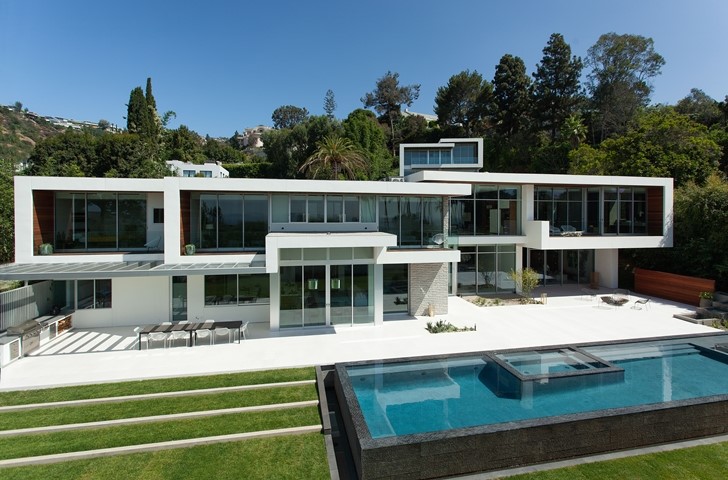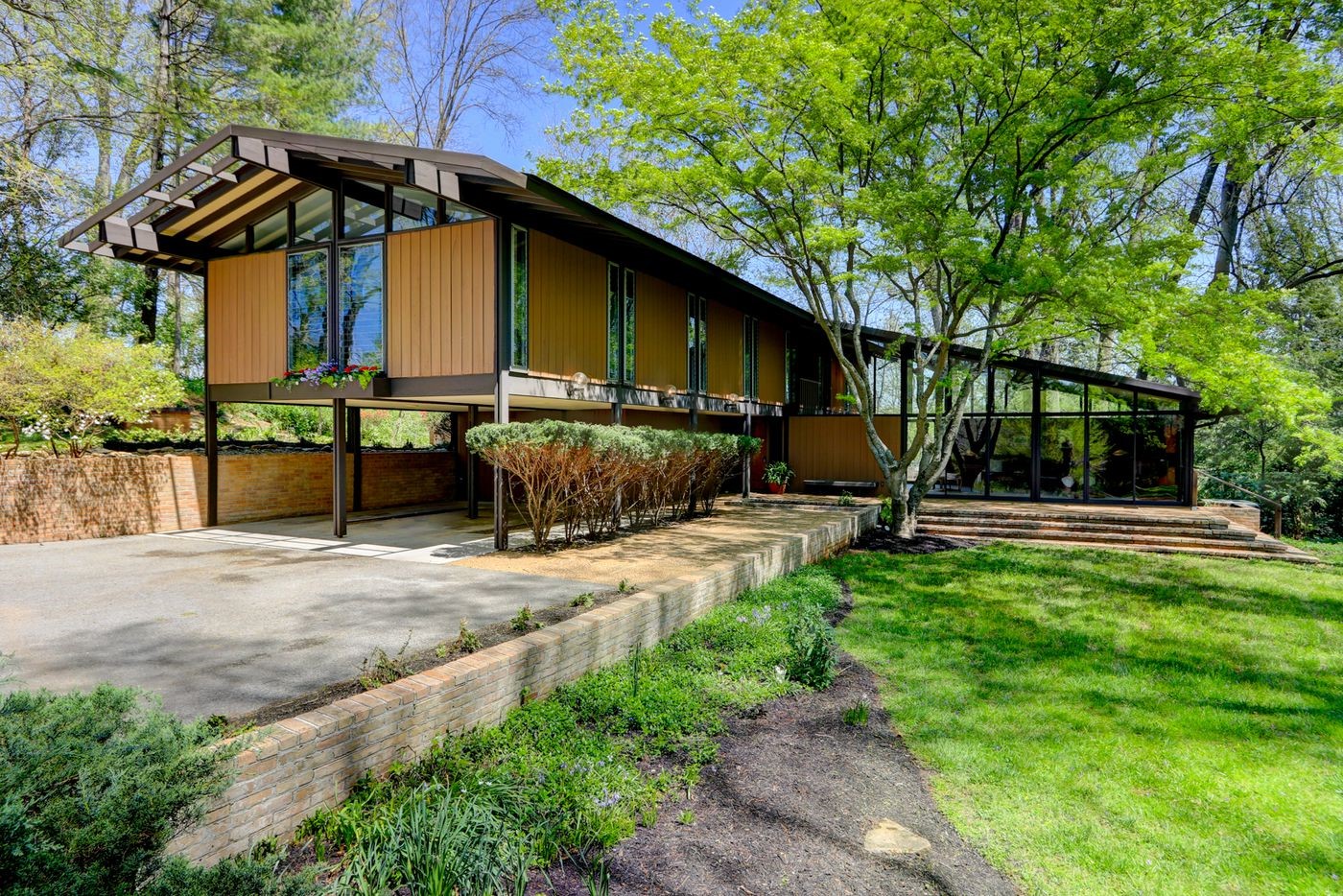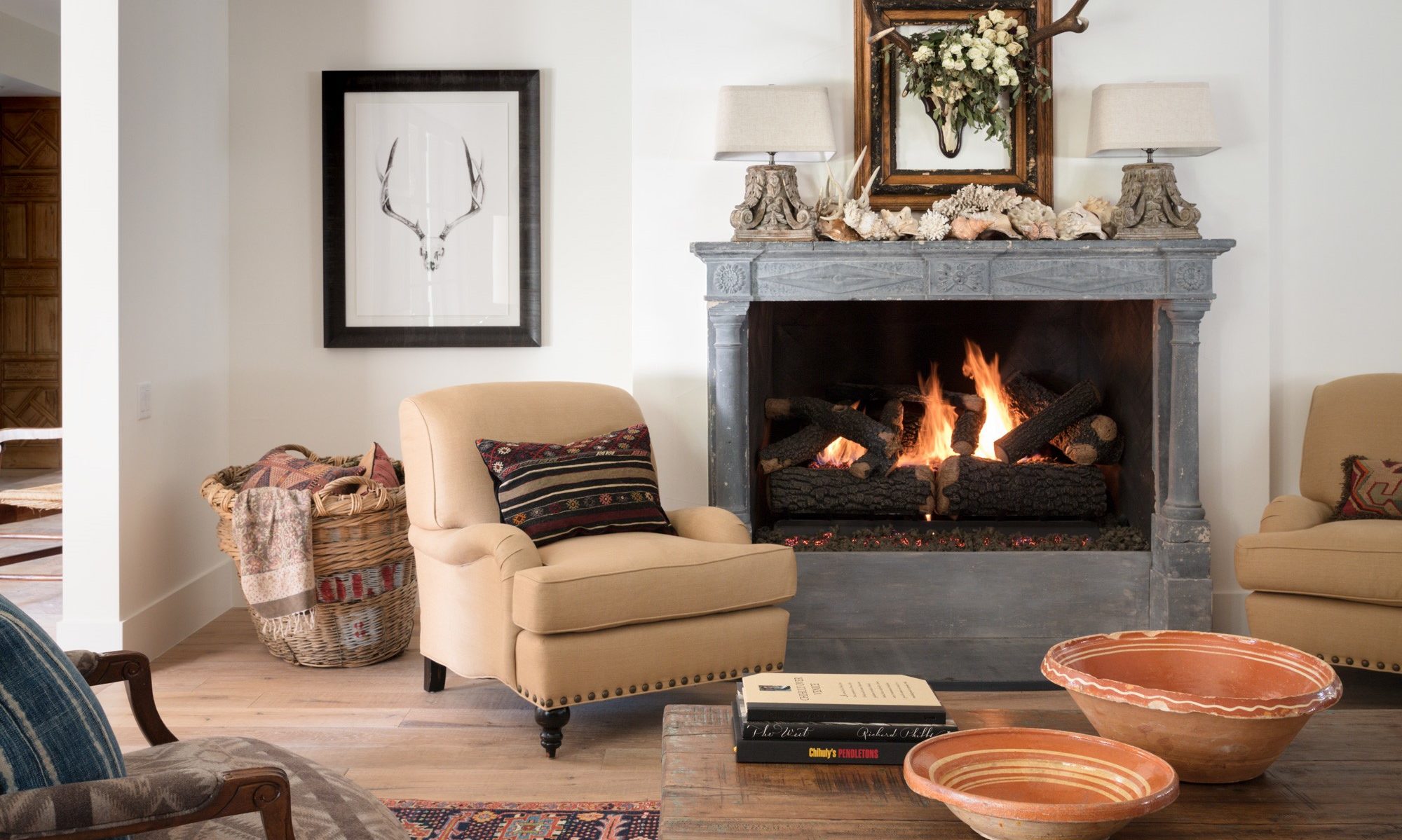Being a good neighbor extends beyond pleasantries at the mailbox and bringing over cookies for the holidays. It extends to the entire neighborhood.
It seems the house and even new apartment buildings being built into neighborhoods, mainly the urban neighborhoods, where an established street is being transformed into a “Mini All About Me” set of structures. There are few, if any, relationships to the past or for that matter the present with a level of scale, gracefulness or respect to the street.

This isn’t about the McMansions of the past in cities such as Atlanta, Boca Raton or Denver suburbs where homes have a little more land and air space between them, but in the tighter lots within the urban setting where the transfer of one style to the next is sometimes a mere 10 feet away.
The current dwelling design trend, that of non-classically proportioned modern or “mid-century modern” being dropped onto a street of other homes thereby competing with various styles of architecture. This does not encourage a warm neighborhood feeling, but rather a stark existence of people living closely together.
Because I am now thought of as “Old School,” earning my Master of Architecture in 1988, I know I’ve developed my own philosophies on architecture trends, but I never dismiss the classic study and honored traditions of architecture. My father always said a classic button down is never out of style and if it is kept in good shape, no one would ever know what year you bought it. It’s the same with architecture.

Photo by Nathan Blewett of Positive Perceptions
Today’s architecture, in many cases, aims to mix as many unrelated materials in random patterns and directions to more-or-less hide the box being built. I’ve coined this “Click Architecture.” With the click of a mouse, siding is changed from vertical to horizontal, metal panels in random color selections are added to one section and so on. Multiple individual elements that don’t relate to one another are brought together.
As noted in the book, “Get Your House Right: Architectural Elements to Use & Avoid,” by Marianne Cusato and Ben Pentreath, today’s neighborhoods can be described as, “…each house attempts to be the center of attention, making it impossible for any one of them to be noticed.” They go on to say, “…successful streets have buildings that work together to create a larger composition.”
This holds true for commercial buildings as well, such as those being built as I write in several Denver’s currently “hot” neighborhoods like the Highlands and RiNo.
Even if building a GREEN or LEED certified structure, it is not at all green if it ends up under a wrecking ball in 50 years.
Stephen Hentschel, NCIDQ, ICAA
Hentschel Mandil Architects

